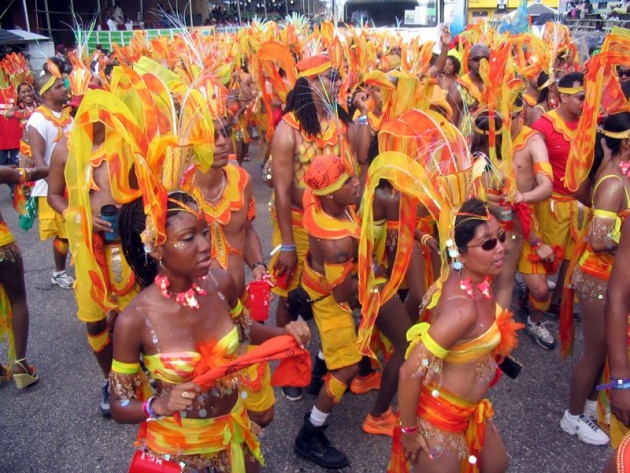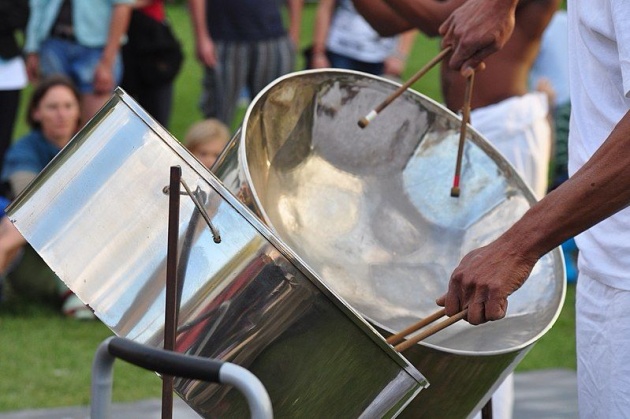
Image Credit: Wikimedia Commons
Every year, the twin-island Republic of Trinidad and Tobago hosts a popular street festival on the two days before the Lenten season, marking the end of the Carnival festivities which span the weeks between Christmas and Ash Wednesday.
In Trinidad and Tobago, it is said that their Carnival street festival is the greatest on earth.
Video Credit: Trini Jungle Juice via YouTube
History of Carnival in Trinidad and Tobago
Carnival in Trinidad and Tobago is a rich and beautiful multicultural celebration that draws it’s history from the different races and cultures settling on both islands since the 1700s. Some say Carnival was first introduced to Trinidad by French settlers who arrived on the island following the French and Haitian revolutions in the late 1700s. Others credit the early festivities and cultural observances to enslaved West Africans, who were said to mock and mimic their masters in secret parties during the years of slavery. This later became a public parade in the years after Emancipation.
The East Indian community also contributed to Carnival in Trinidad and Tobago, blending in their musical instruments and music to the festivities they met when they arrived on the island.
The Steel Pan

Image Credit: Wikimedia Commons
Trinidad and Tobago’s national instrument, the steel pan, is featured prominently on the streets of both islands during the Carnival season. The steel-pan is said to be the only acoustic instrument invented in the 20th century. It is believed to have been invented by the country’s young and disenfranchised youth during World War II. As part of the Carnival revelry every year, steel orchestras engage in competition and later take to the streets with their music.
Video Credit: Curtis Betaudier via YouTube
At this link, The National Carnival Commission of Trinidad and Tobago gives their view of the HIstory of the Steelpan.
Carnival Monday and Tuesday
On Carnival Monday and Tuesday, revelers take to the streets in a culmination of festivities for the season. There are many nuances to these festivities, which are sometimes divided into traditional observances and modern celebrations. Among the the traditional observances are stick-fighting or Canboulay gatherings and the J’Ouvert mas which is replete with mud and oil revelry, blue devils, jab jabs and the country’s other traditional Carnival characters. By the following day, it’s time for modern mas with pretty feather and sequin costumes flooding the streets.
Many tourists travel to Trinidad and Tobago for Carnival celebrations every year and it is considered to be a significant revenue earner for the country. Whatever the festivities observed during the Carnival season, these celebrations have certainly helped to earn the people of this country a place among the happiest people on earth.



